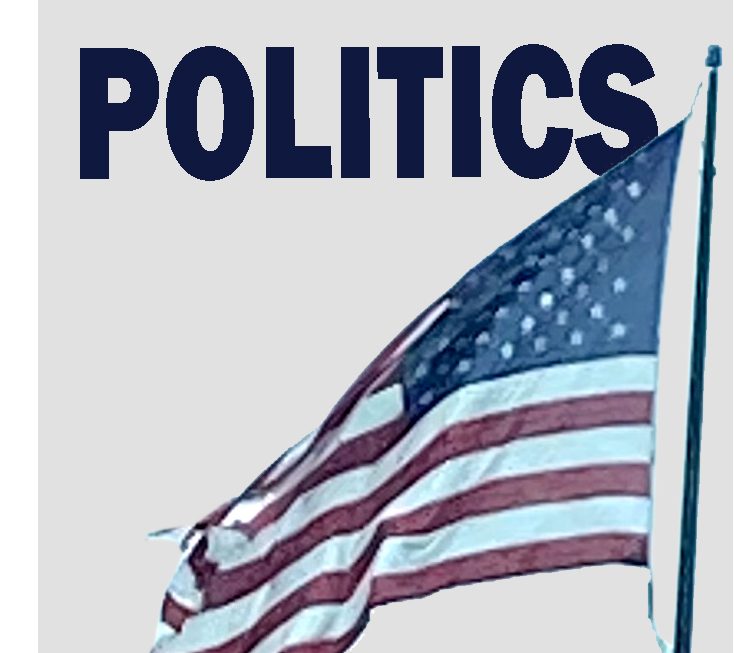On Jan. 19, popular app TikTok was banned on the phones of all users located in the United States around 8 p.m. that night. This disruption was caused by an act passed by Congress due to national security concerns during the Biden Administration that stated if ByteDance, the China-based parent company of TikTok, did not sell to a US-based owner, the app would be banned.
According to an article on NPR.org, users were met with a pop-up message that read, “Sorry, TikTok isn’t available right now. A law banning TikTok has been enacted in the U.S. Unfortunately, that means you can’t use TikTok for now.”
As TikTok is a China-based app, many lawmakers and citizens alike did not support the risk of users’ data being hacked and used for malicious purposes. However, ByteDance filed a lawsuit against the ban, saying that it infringed on users’ First Amendment right of free speech. The attempt was futile as the Supreme Court upheld the legislation that would ban the app.
Although the ban was short lived, it still left many users panicking, outraged, and scrambling for what to do next. Some fans of TikTok joined an app called “RedNote,” essentially a Chinese version of TikTok that provided users with the same amenities and features.
However, nearly 12 hours later, TikTok was unbanned due to an executive order that President Donald Trump passed which postponed the enforcement of a ban for 75 days until another solution was reached. As a result, the surge of people to RedNote faded as they migrated back to their home on TikTok.
Even with TikTok back, fans were still left questioning the integrity of the app and wondering if another ban was a possibility. More so, some fans thought that the ban breached their First Amendment right of freedom of speech and believed it to be unconstitutional.



